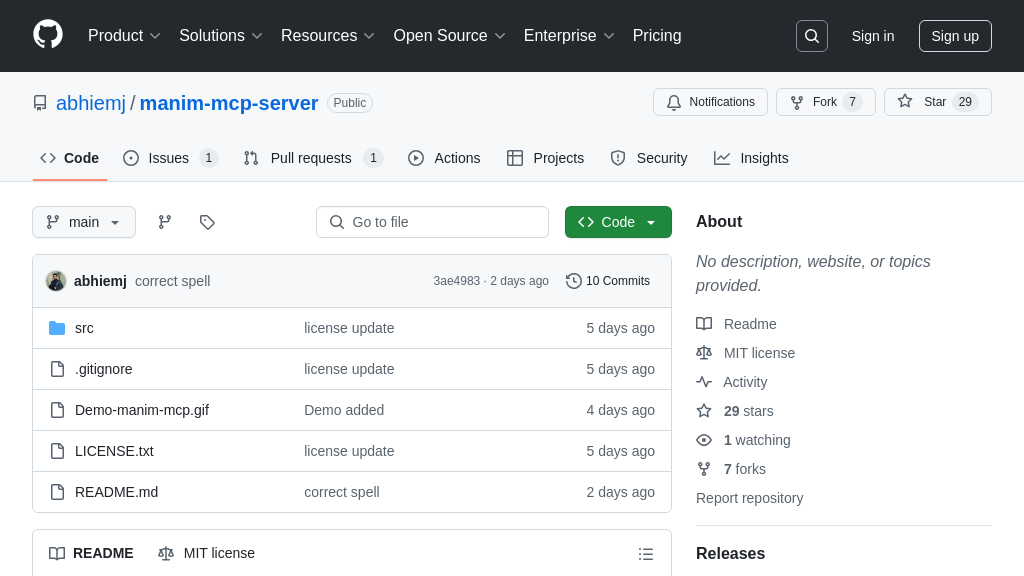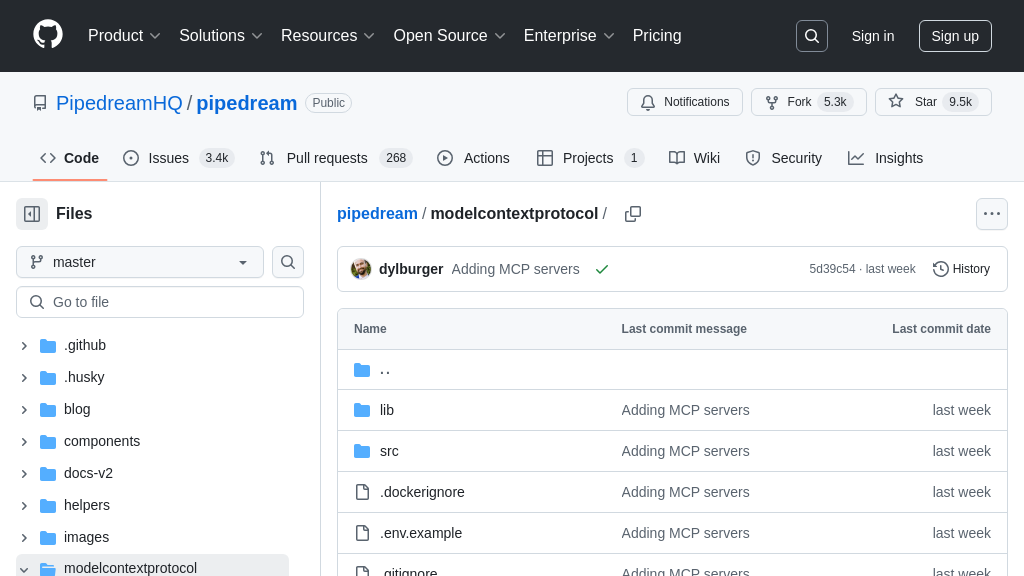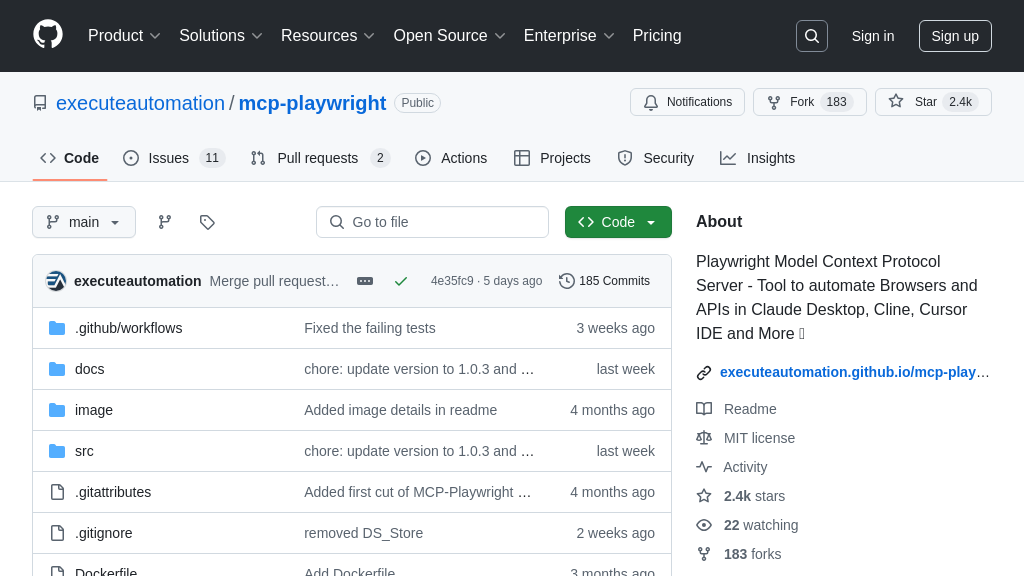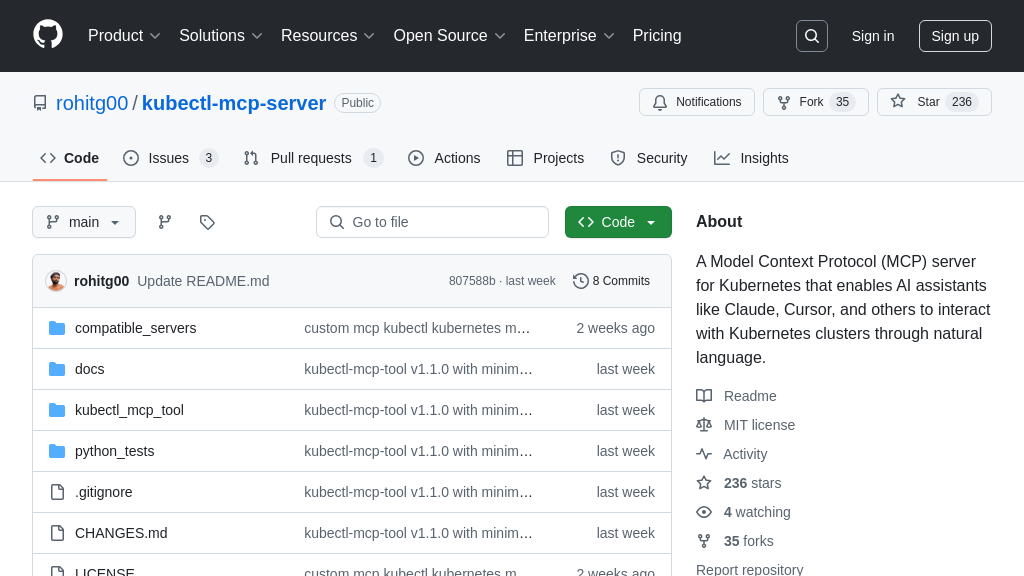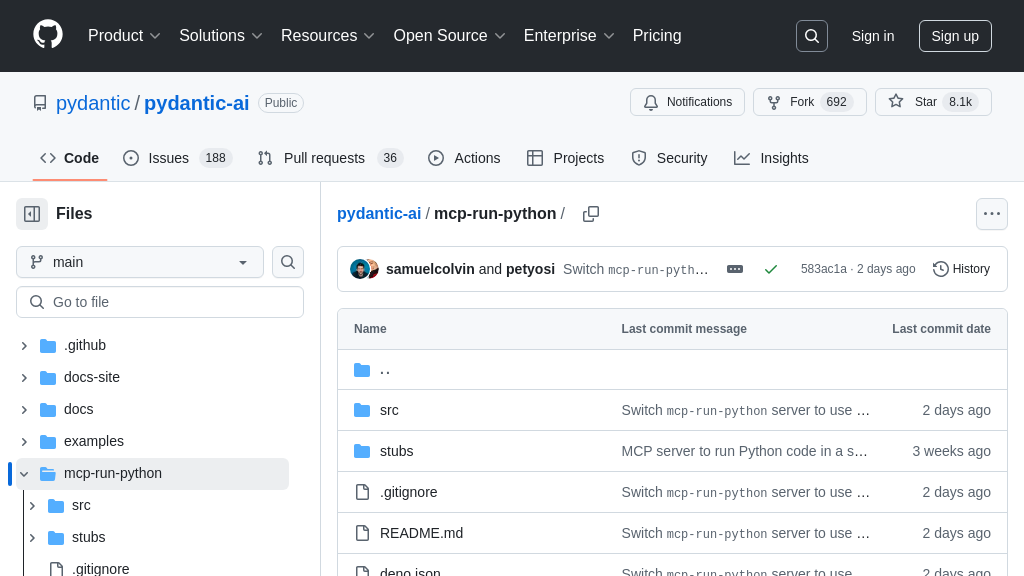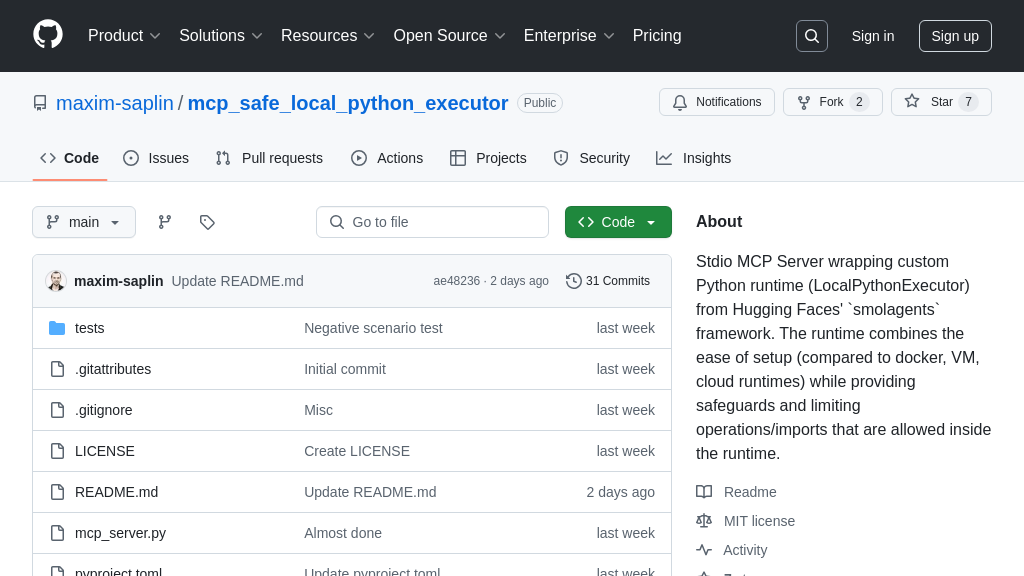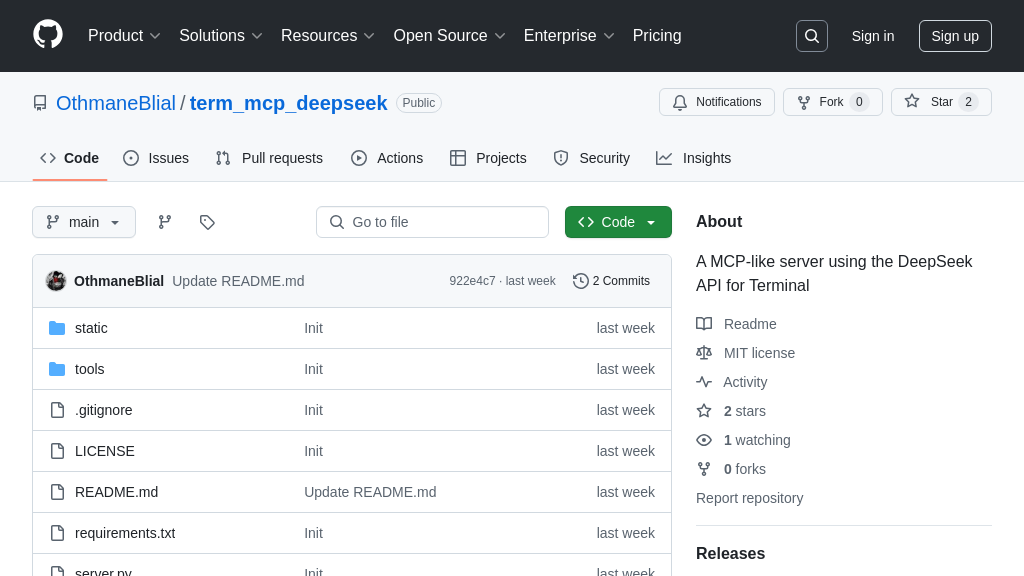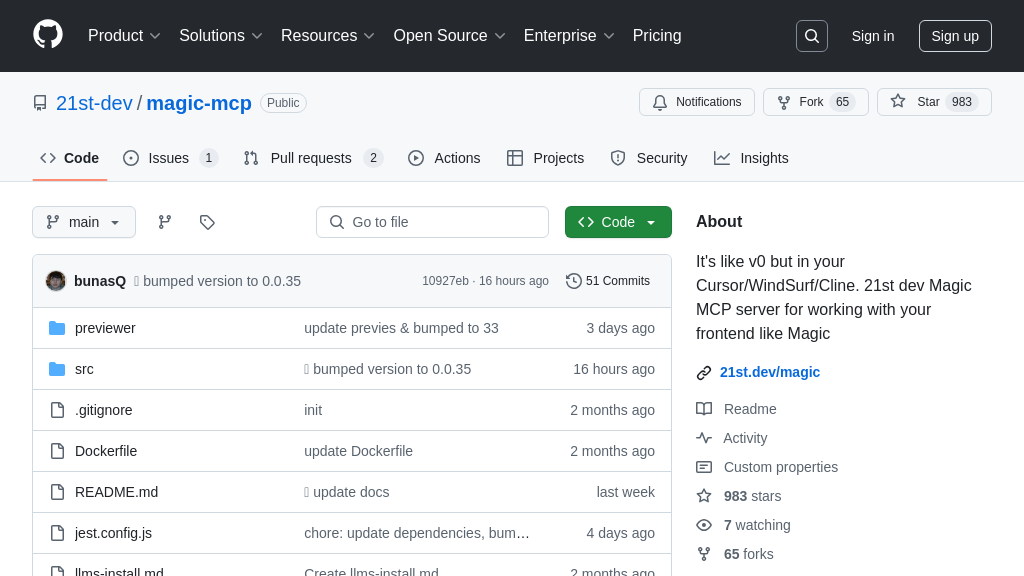DifyWorkflow
mcp-difyworkflow-server: MCP tool to query and execute Dify workflows, integrating AI models.

DifyWorkflow Solution Overview
DifyWorkflow is an MCP server tool designed to seamlessly integrate Dify workflows with AI models. It empowers developers to query and execute custom Dify workflows on demand, bridging the gap between AI models and complex, pre-defined processes. This tool allows AI models to leverage the power of Dify workflows for tasks like data transformation, content generation, or any other process defined within Dify.
By using DifyWorkflow, developers can easily extend the capabilities of their AI models without needing to build custom integrations. The server exposes functionalities to list available workflows and execute specific workflows with dynamic inputs. Built in Go, DifyWorkflow communicates with the Dify platform via its API, enabling a streamlined and efficient interaction. This integration simplifies the process of incorporating complex workflows into AI-driven applications, saving development time and enhancing overall functionality.
DifyWorkflow Key Capabilities
Workflow Execution via MCP
DifyWorkflow enables the execution of Dify workflows through the MCP protocol, bridging the gap between AI models and complex, pre-defined processes within the Dify platform. This functionality allows AI models to trigger and utilize Dify workflows as external tools, extending their capabilities beyond their inherent knowledge and reasoning abilities. The server receives requests via MCP, identifies the specified workflow, and executes it using the provided input. The result of the workflow execution is then returned to the AI model, allowing it to incorporate the workflow's output into its subsequent reasoning or actions. This creates a powerful synergy where AI models can orchestrate and leverage sophisticated workflows for tasks such as data transformation, content generation, or API integrations.
For example, an AI model tasked with summarizing customer feedback could use DifyWorkflow to trigger a workflow that first translates the feedback into English, then performs sentiment analysis, and finally extracts key themes. The AI model then receives the processed data from the workflow and generates a concise summary.
Dynamic Workflow Listing
DifyWorkflow provides a mechanism for AI models to dynamically discover available workflows. Through the list_workflows function, the server exposes a list of authorized workflows that the AI model can access and utilize. This dynamic discovery capability eliminates the need for hardcoding workflow names or manually updating the AI model's configuration whenever new workflows are added or modified in Dify. The AI model can query the server to obtain an up-to-date list of available workflows and their corresponding descriptions, enabling it to adapt to changing requirements and leverage new functionalities as they become available.
Consider a scenario where a new workflow is created in Dify to handle a specific type of customer request. With DifyWorkflow, the AI model can automatically detect the new workflow and incorporate it into its repertoire of available tools, without requiring any code changes or redeployment.
Standardized Input Handling
DifyWorkflow enforces a standardized input format for workflow execution, simplifying the integration process for AI models. All workflows are expected to accept input through a predefined "message" variable. This convention eliminates the need for AI models to understand the specific input requirements of each individual workflow, promoting consistency and reducing the complexity of integration. The AI model simply provides the necessary input as the "message" parameter, and DifyWorkflow handles the mapping to the workflow's internal input variables.
For instance, if an AI model needs to use a workflow that generates images based on a text description, it can simply pass the description as the "message" input to the execute_workflow function. The DifyWorkflow server will then pass this message to the Dify workflow, which will use it to generate the image. This standardization simplifies the interaction between the AI model and the Dify workflow, making it easier to integrate and use.
